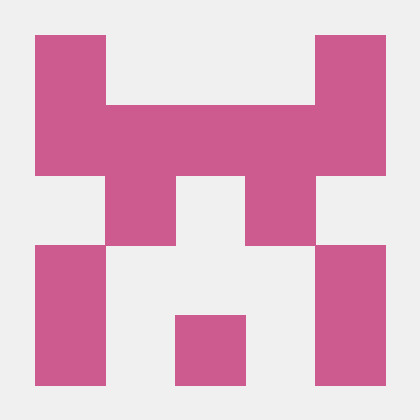
infra
Self-hosted home infrastructure managed with Infrastructure as Code (IaC). Minimize cloud reliance, maximize learning, and automate everything.
MIT License
Home Infra
This repository contains the Infrastructure as Code (IaC) configuration and documentation for my home infrastructure. The main goals of this ever-evolving setup are:
- Create a local, self-hosted environment for various services and applications, minimizing reliance on external cloud providers.
- Learning and organizing knowledge, best practices, and tool documentation into a single repository.
Table of Contents
Principles
- Automate Everything: Embrace the "cattle, not pets" approach by automating as much as possible to ensure consistency and reproducibility.
- Prioritize Local Functionality: While cloud services may be utilized, the focus is on minimizing external dependencies and enabling local, cloud-independent functionality.
- Minimal and Energy-efficient Hardware: Favor energy-efficient hardware solutions to reduce environmental impact and operational costs.
- Avoid Overcomplication: Maintain a lightweight and straightforward setup by avoiding unnecessary complexities.
- Extensibility and Easy Configuration: Ensure that the infrastructure is easily extensible and configurable to accommodate future changes and requirements.
- Security-minded: Prioritize security best practices and implement appropriate measures to protect the infrastructure and data.
Key Software Components & Services
The key components of this infrastructure include:
Local Infrastructure Components
- Proxmox Virtual Environment: A Type 1 hypervisor for managing virtual machines and containers.
- Ubuntu Server: The host OS for running Docker containers and administrative tools.
- Ansible: Used for configuring the host OS and deploying required software.
- Docker Compose: For defining and managing Docker container configurations.
- Traefik: A reverse proxy with TLS certificate management.
- Authelia: Provides authentication and single sign-on capabilities.
- Guacamole: A web-based remote desktop and SSH access solution.
- Homepage: A dashboard for managing and accessing various services.
Cloud Services (External Dependencies)
The long-term goal is to reduce these dependencies and provide offline alternatives.
| Name | Description | Remarks |
|---|---|---|
| Docker images | All services are running as containers | Downloaded on first use |
| Plugins, Modules (e.g. Crowdsec) | Various plugins for services | Downloaded on first use. TODO create inventory |
| Large Language Models | Optional, used by Ollama | Downloaded on first use |
| OVHcloud (or other registrar) | Domain Name registration | Required for remote access and TLS certificates. TODO document fallback |
| Cloudflare | DNS zone administration, tunnel | Optional, for remote access |
| Let's Encrypt | TLS certificates (managed by Traefik) | Required. TODO document local CA setup for fallback |
| Backblaze B2 | Backup storage | Optional, local backup also configured |
| CrowdSec | Crowd-sourced IP blocklist | Optional, security service, can be disabled |
| Azure | Temporal VM, storage | Optional, not used by any lab components |
| Homepage Icons | Icon set for the services | Optional, hosted on a CDN. TODO host locally |
Getting Started
The recommended configuration is to setup Proxmox VE and install a Debian- or Ubuntu-based VM to host the Docker services.
-> See Getting Started
Development
All development dependencies are available in the devcontainer or can be set up with an Ansible role.
Some development workflows:
Code quality scanning tools are set up via pre-commit.
Perform the checks by running task lint (or pre-commit run --all-files).
Create/update example .env files: task create-example-env.
Updating the container images is automated with Renovate.
EOL
A crowd-sourced guide to help techs help their non-tech spouses / partners / parents / kids when we are at the end-of-life.